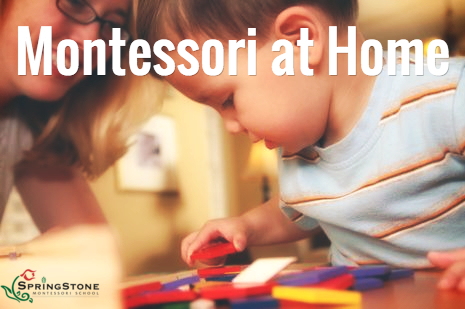Waiting – An important concept in a Montessori Classroom
Why is Waiting Important?
Maria Montessori provided an inspiring quote in her book – The Discovery of the Child.
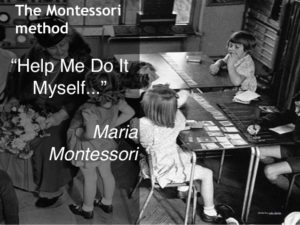
“Education cannot be effective unless it helps a child to open up himself to life.”
The beauty of waiting for the child to find their voice
We have all encountered a child who joined a preschool classroom, smart and strong-willed, and the child will not speak. It is not that the child cannot speak, it is rather about this child finding their confidence and voice to speak.
Understanding the child’s home life and finding out that this child talks “like a storybook” at home is important. At school, the child does not speak at first, is attentive, cooperative, and seemingly happy. The child attends small and large group lessons and listens politely. During music, we can see the child’s lips moving, a silent singing without voice.

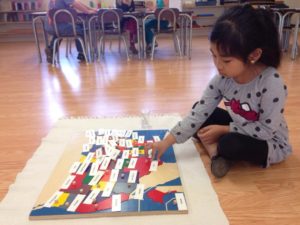
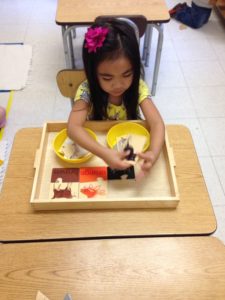
A month after this child started preschool, out of nowhere, the child, who had not shared in any conversation, chose to participate in a conversation with classmates, a quiet, long-awaited conversation among friends.
After that first timid conversation with friends, we became witness to continued conversations with animation and intelligence. Moments like this, where the Montessori classroom environment and mixed age preschool children make all the difference for a child to find their confidence, understanding that each child, as an individual, decides when it is their time to find their own voice.
Learning to Wait
A casual observer might miss much of the learning and growth in a Montessori classroom. Many of the experiences of greatest value to a growing child are not easily apparent. They are embedded in the routine!
A Montessori classroom is unusually active, just two adults with a group of children of mixed ages. The classroom is prepared with just one of each material available for use. A community of mixed ages of children, few adults and a variety of materials with one of each – are deliberate choices intended to help children learn when and how to seek help, how to make independent decisions and, most importantly, how to wait.
If a child is working with a material, the child is free to work at their own pace, for as long as they desire. Other children who might like to work with the material are learning to wait. Additionally, when a child needs help, they might not have immediate access to the teacher or the assistant. When a teacher is giving a lesson, observing, or otherwise engaged, children can either seek help from another child, or wait.
At any given moment, in any well-prepared Montessori classroom, the same child who can be frighteningly impatient at home is surrounded by children who are actively waiting. Learning to wait is an unarticulated expectation. The prepared environment demands it.
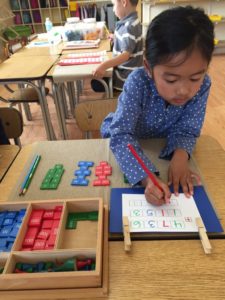
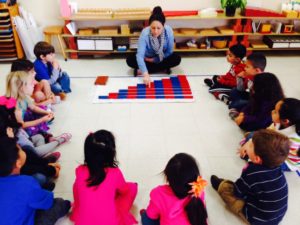
“Before anyone can assume a responsibility, he must be convinced that he is the master of his own actions and have confidence in himself.”
-Maria Montessori, The Secret of Childhood

